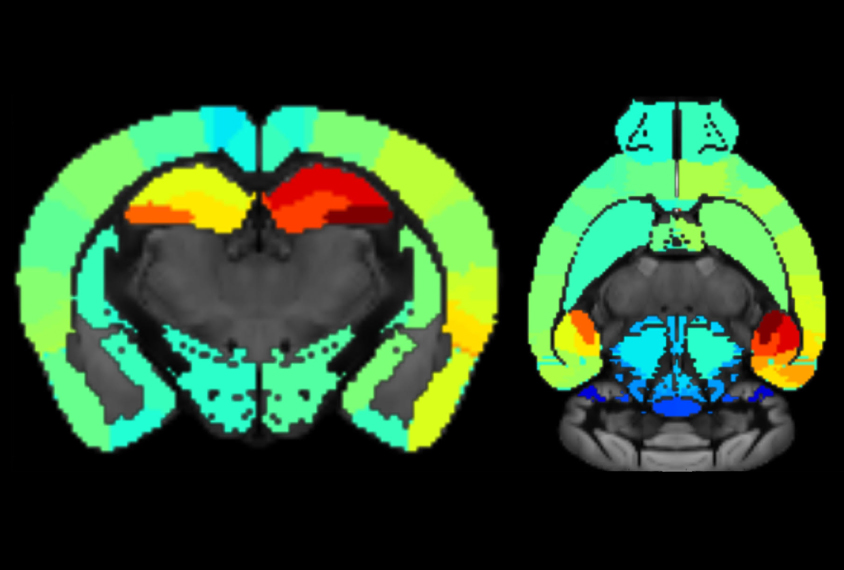
THIS ARTICLE IS MORE THAN FIVE YEARS OLD
This article is more than five years old. Autism research — and science in general — is constantly evolving, so older articles may contain information or theories that have been reevaluated since their original publication date.
New software transforms mouse brain scans into a virtual brain that scientists can digitally manipulate1. Researchers used the software to recreate the atypical patterns of neuronal activity in epilepsy.
The software draws data from the Allen Institute for Brain Science, where scientists have painstakingly mapped the paths of neurons originating from nearly 300 regions of the mouse brain.
It then transforms the data into interactive images that show networks of neurons. Users of the resource, called The Virtual Mouse Brain, can examine connections that span distant brain regions, or zoom into links within a region. They can also analyze data from specific methods, such as diffusion magnetic resonance imaging, which maps nerve fibers based on the movement of water molecules through the tissue.
The tool, described in the June issue of eNeuro, generates patterns of neural activity based on the virtual brain’s connections. In the study, researchers used it to simulate epilepsy. They created ‘seizures’ by digitally triggering abnormal patterns of neuron activity in different regions and watched seizure activity spread across the brain.
The researchers plan to update the resource as the Allen Institute dataset becomes richer. For instance, the software could show how various brain regions connect to particular layers of the cerebral cortex — the brain’s folded outer shell.
By joining the discussion, you agree to our privacy policy.